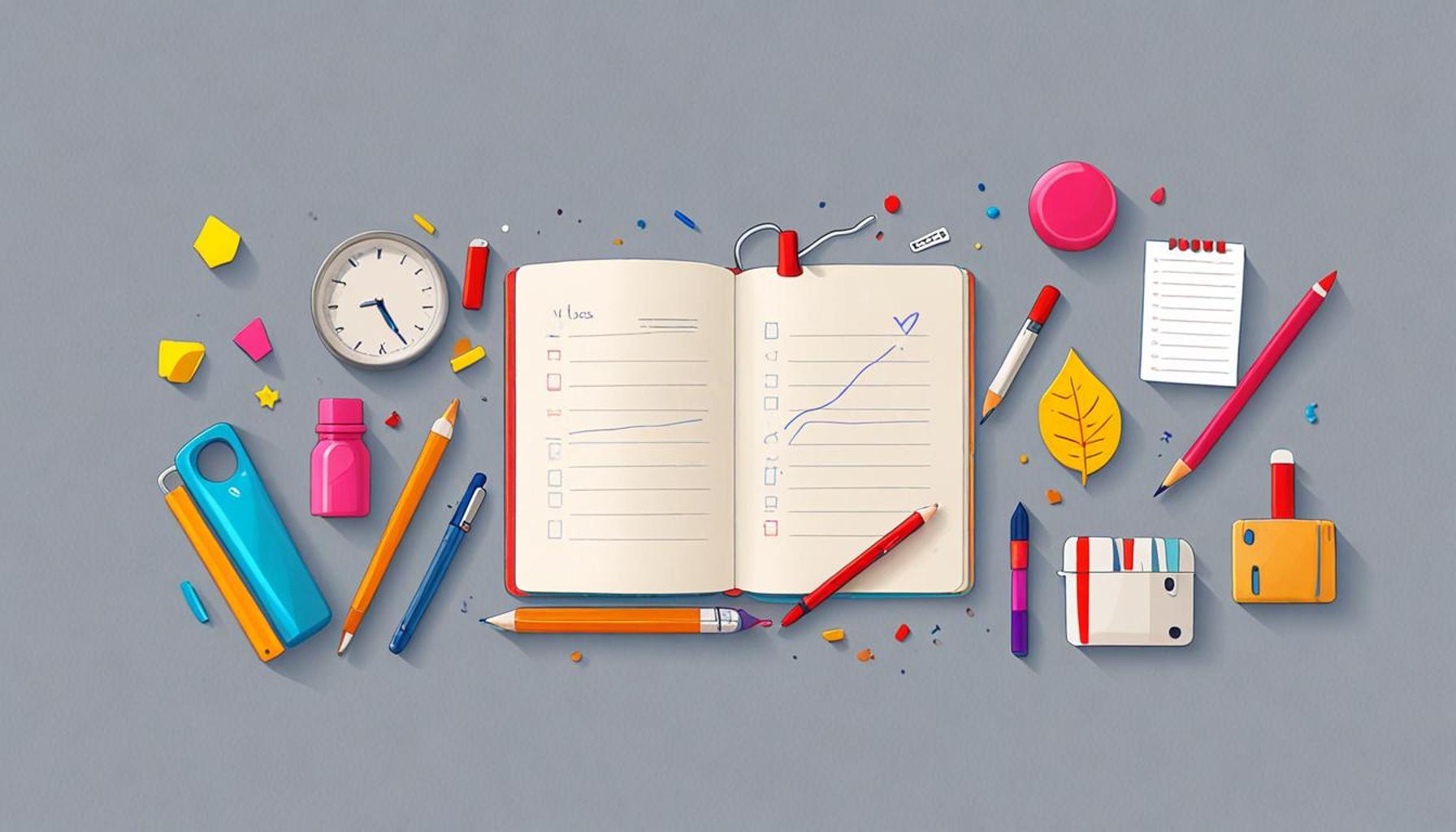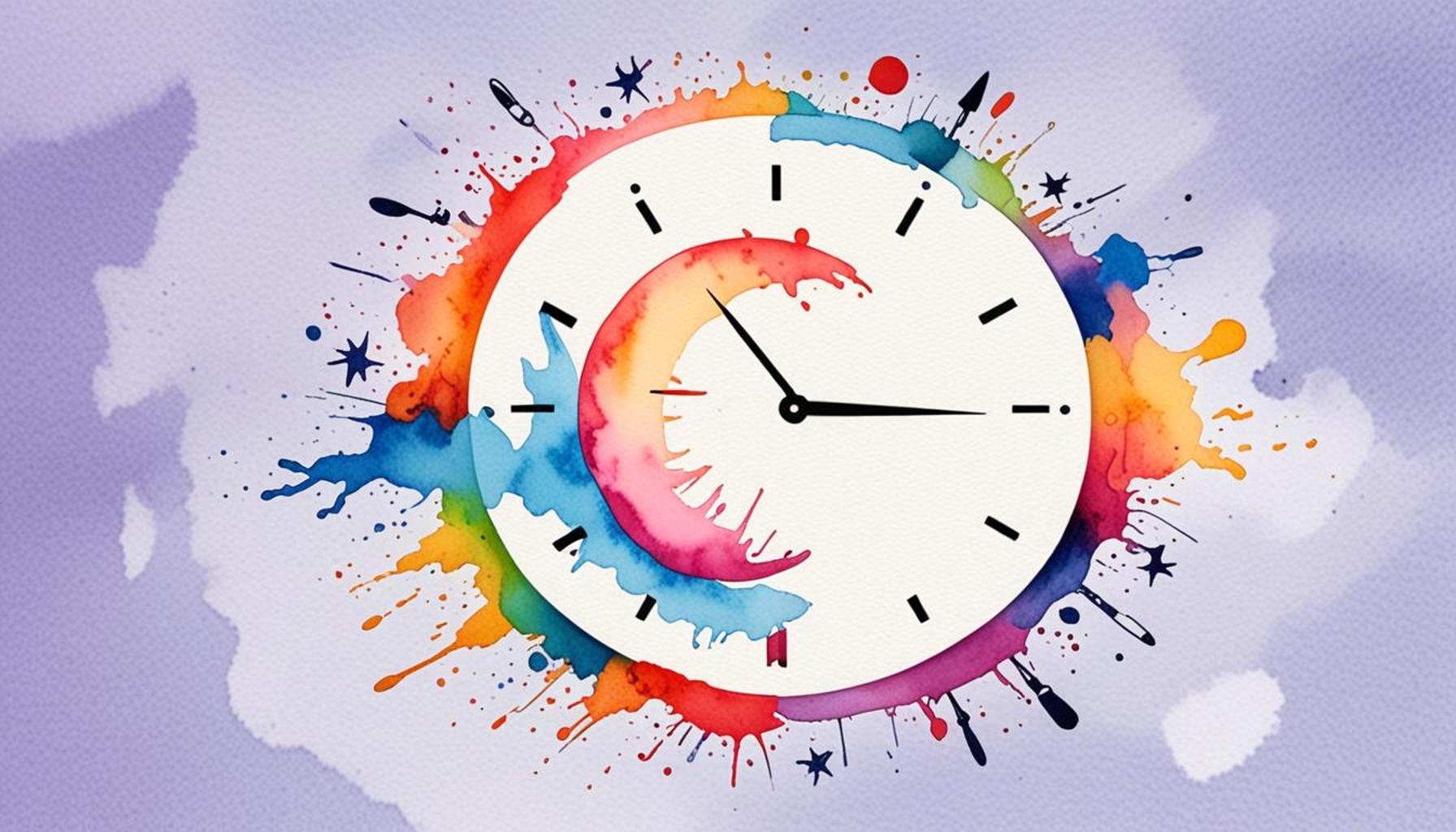Less is More: Prioritizing Tasks with a Minimalist Approach

In today’s fast-paced environment, the chaos of notifications and never-ending tasks can take a toll on our mental well-being. As life becomes increasingly complex, the importance of minimalism has emerged as a powerful antidote to clutter—both physical and mental. This philosophy is not only about reducing material possessions but also about refining our lives by focusing on what truly matters, thus paving the way for greater mental clarity and enhanced productivity.
The Benefits of Minimalism in Everyday Life
Adopting a minimalist mindset can lead to profound benefits that resonate across various facets of life. Understanding these advantages allows individuals to make conscious decisions that align with their personal and professional goals.
- Increased Focus: By narrowing the scope of our tasks, we minimize distractions. For instance, focusing on completing a single project at work without the interruption of checking emails or social media can lead to deeper engagement and higher quality work.
- Better Decision-Making: Research shows that when people face fewer choices, they are more likely to make effective decisions. The paradox of choice suggests that an excess of options can lead to paralysis rather than empowerment. A minimalist approach simplifies decision-making processes, resulting in quicker and more confident choices.
- Enhanced Productivity: Prioritizing tasks effectively can foster a sense of accomplishment. When we identify and complete a limited number of critical tasks each day, we create a momentum that encourages continuous progress and motivation. This can be especially beneficial in the workplace, where deadlines can feel overwhelming.
Implementing Minimalism in Daily Life
To harness the benefits of minimalism, individuals can adopt practical strategies tailored to their unique circumstances. Here are some actionable steps to get started:
- Identify Key Goals: Begin by reflecting on your long-term objectives. What do you truly wish to achieve? By understanding your priorities, you can select tasks that align with these goals and significantly affect your life.
- Limit Daily Tasks: Consider using the “rule of three,” which encourages you to identify three essential tasks each day. By doing so, you maintain focus on what is most important, reducing feelings of overwhelm.
- Evaluate Regularly: Schedule time each week to reassess your priorities. This self-reflection helps to ensure that your activities remain aligned with your core values and long-term objectives, making adjustments as necessary.
Embracing Minimalism for a Fulfilling Life
Whether in our careers or personal pursuits, the minimalist philosophy prompts us to discard the irrelevant and embrace simplicity. Real-world examples abound; for instance, many successful entrepreneurs emphasize the importance of focusing on a few key projects to drive their businesses forward, rather than juggling multiple initiatives that can dilute their efforts.

As you explore the transformative potential of minimalist principles, consider how stripping away excess can lead to not just a more organized environment, but a holistic sense of peace and clarity. With intentional focus, better decision-making capabilities, and enhanced productivity, the journey towards a minimalist lifestyle can redefine how you approach both work and life.
DISCOVER MORE: Click here to learn how password management can simplify your life
Understanding Minimalism in Task Management
The concept of minimalism transcends beyond a mere aesthetic; it permeates into the very fabric of how we organize our time and responsibilities. With a minimalist approach to task management, individuals can filter out the noise and concentrate on what holds genuine value. This shift not only cultivates a more rewarding work experience but also enhances overall mental wellness. In essence, prioritizing tasks through a minimalist lens might just be the key to unlocking greater fulfillment in both personal and professional domains.
The Power of Prioritization
Prioritization serves as the backbone of effective task management. By determining which tasks carry the most weight, we equip ourselves with the necessary clarity to navigate our daily responsibilities. Prioritizing isn’t merely about managing time; it is about managing energy and focus. The principle of less is more applies here, as we often find ourselves bogged down by a lengthy to-do list that can breed anxiety rather than productivity.
- Clarity and Purpose: When we prioritize, we create a clear roadmap of our day. Identifying high-impact tasks enables individuals to channel their energies where they matter most. Research indicates that professionals who define their priorities tend to work more efficiently, responding better to challenges and changes in their environment.
- Reduced Stress Levels: Cluttered to-do lists can be overwhelming, leading to stress and burnout. By embracing a minimalist approach and tackling a limited number of tasks, individuals often report feeling less anxious and more in control. According to a study published in the Journal of Occupational Health Psychology, low task overload correlates with lower stress levels, enhancing overall job satisfaction.
- Cultivating a Sense of Accomplishment: Completing prioritized tasks fosters a sense of achievement. This positive reinforcement can stimulate motivation and momentum, encouraging further productivity. A minimalist approach focuses on quality over quantity, allowing individuals to take pride in their completed endeavors.
Taking Action: The Minimalist Mindset
Implementing a minimalist mindset requires more than simply reducing the number of tasks you take on; it calls for a deeper examination of your values and commitments. Here are some steps to embrace this philosophy in your daily task management:
- Assess Your Commitments: Begin by scrutinizing your existing commitments. Are there obligations that no longer align with your goals? By acknowledging what is essential, you can let go of the superfluous, freeing up time and mental space.
- Master the Art of Saying No: One of the most powerful tools in a minimalist framework is the ability to say no. Taking on too much can dissipate focus and lead to subpar outcomes. Practice declining tasks or projects that do not contribute significantly to your main objectives.
- Create a Balanced Schedule: Striking the right balance between work and leisure is crucial. A minimalist schedule that respects both your professional pursuits and personal interests allows for a more fulfilling experience, minimizing burnout and promoting well-being.
As you delve into the principles of minimalism, consider how refining your task management approach can transform your daily routines. By prioritizing essential responsibilities and embracing a simplified lifestyle, you can rediscover a sense of peace amidst the busyness of modern life.
| Category | Key Features |
|---|---|
| Simplicity | Reduce clutter in both physical and mental spaces, allowing for a clearer focus on important tasks. |
| Prioritization | Emphasizes essential tasks, enabling individuals to allocate time and energy to what truly matters. |
| Mindfulness | Encourages a mindful approach, promoting well-being and reducing stress through focused attention on fewer, high-value tasks. |
| Efficiency | Boosts productivity by streamlining workflows and eliminating unnecessary distractions. |
In a world filled with constant noise and distraction, the concept of minimalism offers a refreshing take on task management. By adopting a “Less is More” mindset, individuals can shift their focus from “doing more” to “achieving more effectively.” This could lead to enhanced clarity in defining what really needs to be accomplished, allowing for quicker decision-making. When you prioritize tasks through simplicity, you create an environment that fosters productivity. For instance, setting aside dedicated time for important projects without the interference of digital distractions can result in higher quality outcomes. Furthermore, this approach promotes not only greater work efficiency but also well-being, as mental burdens lessen, leaving you free to engage more meaningfully with each task. By integrating minimalist strategies, you may discover newfound potential in your daily routines. Learn how to implement these strategies in your own life to unlock higher performance and satisfaction.
DISCOVER MORE: Click here to find out how organization can boost your mental well-being
Embracing Tools for Effective Prioritization
Adopting a minimalist approach to task management doesn’t just hinge on personal discipline; it’s also about leveraging the right tools that facilitate prioritization and clarity. In today’s digital age, technology can play a pivotal role in simplifying our responsibilities and helping us focus on what truly matters.
Utilize Digital Tools for Streamlined Management
From virtual assistants to project management software, a plethora of tools can help declutter your task list. Platforms like Trello and Asana allow users to create boards or lists that visualize priorities, effectively transforming a chaotic to-do list into an organized structure. This visual representation ensures that your focus aligns with your high-impact tasks, driving productivity without overwhelming you with options.
Moreover, features like due dates and reminder notifications in these applications keep you accountable. According to a survey by the American Psychological Association, individuals who use task management software have reported a 25% increase in their productivity levels compared to those who rely on traditional pen-and-paper methods, showcasing the importance of integrating innovation into your minimalist strategy.
Setting Boundaries and Rituals
Creating boundaries is also an essential component of a minimalist task management strategy. This involves establishing specific times of the day that are dedicated solely to focused work, devoid of interruptions. For instance, the popular practice of time-blocking encourages individuals to allocate fixed time slots for particular tasks. This method not only minimizes multitasking but also promotes deep work, enhancing concentration and output.
Incorporating daily rituals can further support this approach. For example, beginning each day with a 10-minute review of your priorities can help bring clarity. During this time, consider asking yourself which tasks will contribute materially towards your long-term goals. Research from the Harvard Business Review indicates that taking a moment to reflect and plan can significantly boost efficiency and effectiveness throughout the day.
Fostering a Supportive Environment
Physical space can have a profound impact on our mental space. A clutter-free workspace not only increases focus but embodies the essence of minimalism. According to a study published in the journal Psychological Science, individuals operating in organized environments were found to be more efficient and more capable of prioritizing tasks compared to those in chaotic settings.
Consider implementing the practice of decluttering your physical and digital workspace. Remove unnecessary items and files that do not serve your current objectives. Regularly revisiting and refining your environment allows for continual improvement, keeping distractions at bay and enhancing your ability to prioritize effectively.
Cultivating a Minimalist Mindset
At the heart of prioritizing tasks through a minimalist approach lies a deeper psychological shift. Embracing simplicity involves cultivating a mindset that values quality over quantity. The notion of “less is more” encourages individuals to re-evaluate societal pressures surrounding productivity. By focusing on fewer, high-value tasks, individuals can foster a sense of satisfaction that transcends traditional metrics of success.
Engaging in mindfulness practices, such as meditation or journaling, can bolster this new way of thinking. These activities allow for introspection, helping individuals discern their core values and ascertain what tasks resonate with these values. A study published in The Journal of Positive Psychology emphasizes that regular mindfulness practices can lead to increased clarity, enhancing one’s ability to prioritize effectively.
DISCOVER MORE: Click here to learn effective decluttering techniques for kids
Conclusion
In a world that often glorifies busyness, the minimalist approach to prioritizing tasks serves as a refreshing counter-narrative. By emphasizing the principle of “less is more,” individuals are encouraged to focus on a select few critical tasks rather than spreading themselves thin across numerous low-impact activities. This shift not only enhances productivity but also fosters a deeper sense of fulfillment as individuals align their daily actions with their core values and long-term objectives.
The tools and practices discussed, such as utilizing digital task management software, establishing boundaries through time-blocking, and creating a supportive workspace, are pivotal in this transformative journey. These elements work in concert to streamline task management while reducing mental clutter, thereby allowing individuals to regain control over their time and energy.
Moreover, cultivating a minimalist mindset encourages reflection and mindfulness, creating a pathway for individuals to connect with what truly matters in their personal and professional lives. As research consistently demonstrates the benefits of organized environments and focused work, it becomes clear that adopting minimalism in task prioritization is not merely a method—it’s a lifestyle that promotes clarity, efficiency, and overall well-being.
Ultimately, by integrating these principles into daily routines, anyone can discover the power of focusing on what is essential. The journey of prioritization through minimalism invites us to rethink our approach to productivity, offering a new lens through which we can view success—not as a mere accumulation of tasks completed, but as a meaningful engagement with our most important goals.



